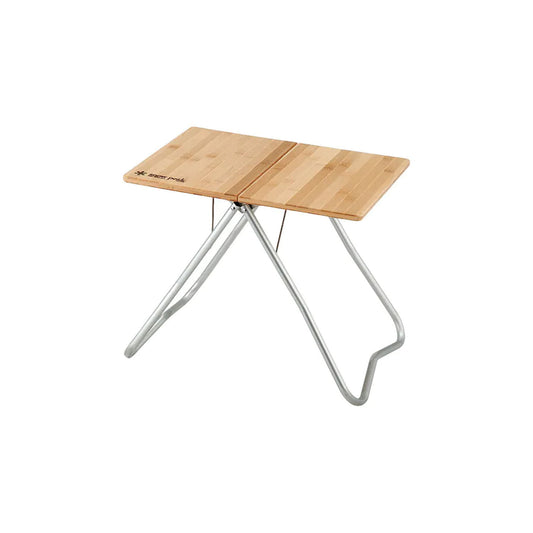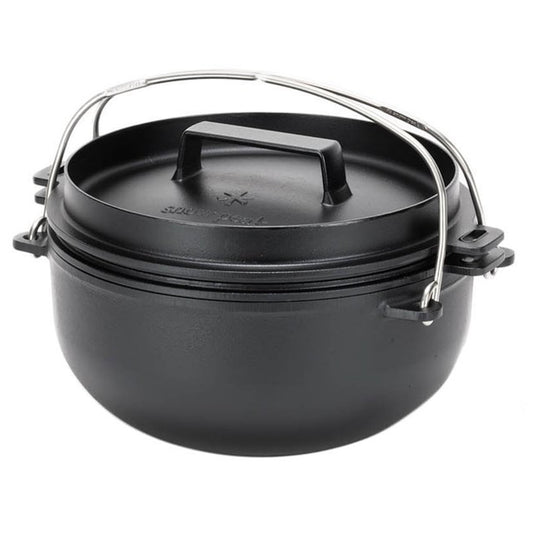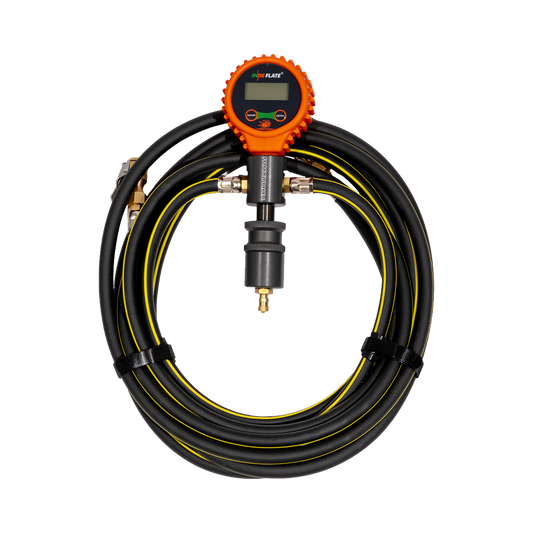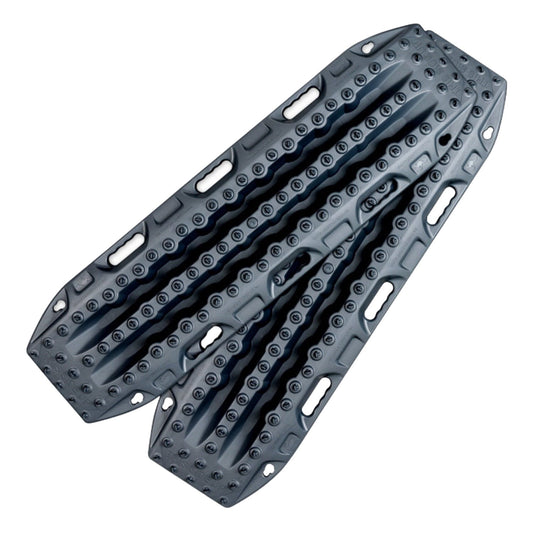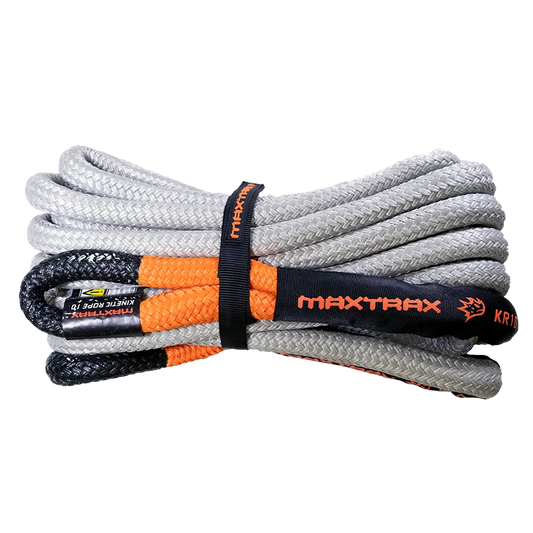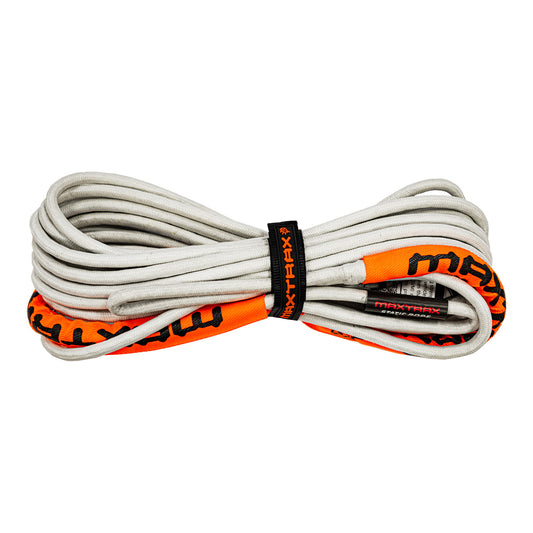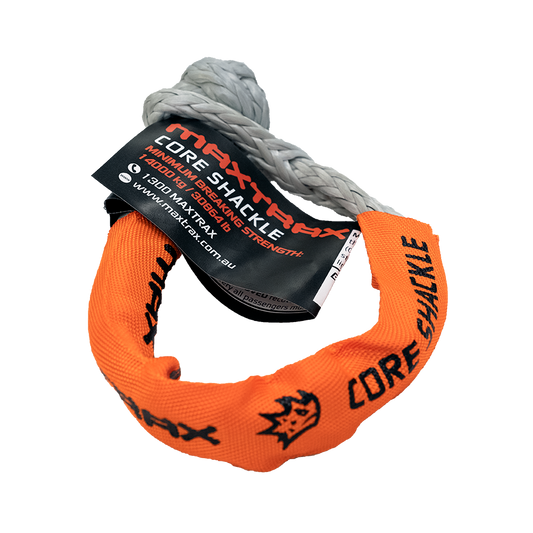
SAFARI ARMAX ECU
We’ve been running the SAFARI ARMAX ECU in our LandCruiser for a couple of years now, and we’ve previously reviewed the ARMAX ECU itself, the ARMAX Performance Clutch and ARMAX Snorkel.

For those not familiar, the ARMAX ECU is an additional ECU that runs together with the OEM ECU and delivers additional torque and power. It provides robust gains safely by withholding the extra performance automatically during high-risk of damage periods like at cold start or when engine temperatures may rise at the top of a long climb.

While there are different opinions as to how to tune engines, if your goal is high reliability over race performance, the SAFARI method, and those options going a similar path, is likely the safest choice. Rather than custom tune the engine, the hardware setup is either preloaded into the SAFARI ECU system in the factory or uploaded by the fitting workshop remotely using the ethernet connection point built into the unit, a laptop and Wi-Fi.
In our LandCruiser, after the original install of our ARMAX ECU, we added a DPF back higher flow exhaust. Our local fitters in Perth got in touch with Safari in Melbourne and uploaded the new files to suit our setup. This approach means 4x4s with the same hardware will get consistent results in terms of both performance and longevity.

When is Extra Power and Torque Needed?
In many cases, extra power and torque is simply a want. The want to effortlessly cruise up steep tracks, through soft sands or to overtake.
When you hitch up a camper and load up to head off-grid you can be adding a substantial additional load:
- The weight of the camper
- Water
- Fuel
- Supplies
- Fridges
- Batteries and solar panels

Quickly we can be at our GVM (maximum legal weight of our 4×4) and often we will be near our GCM (maximum permitted weight of 4×4 + camper) too.
It’s when off-roading heavily laden we notice the additional torque of the ARMAX ECU the most, and it is at these times we are grateful to have it fitted.
Remote Testing
We recently headed up the WA coast. We were at our heaviest cruising up the highway and into Warra, a remote coastal station on the Ningaloo Reef.

Warra has no facilities or supplies. The camper had a full load of firewood, 100 litres of water a loo, a massive fridge full of food and drinks as well as snorkelling, kayaking and surfing gear. In the Cruiser was 200 litres of diesel, 90 litres of water another fridge and more equipment; we were heavy!
I switched the ECU into tow mode for the duration of the trip. We sat on highway speeds and overtook safely with no issues.

Off-road was also trouble-free. I’ve gotten bogged before towing through soft sand, but this time the combination of low tyre pressures and plenty of torque worked perfectly.
SAFARI ARMAX ECU Towing Mode
The ARMAX ECU has a switch that allows for the driver to change the mode, or tune, on the fly. The ECU comes with five modes or maps; comfort, sport, towing, traction and the factory settings.
Towing mode is mode 3 on the map switch. The switch mounts in the cabin making it easy to change between the maps depending on the trip or terrain.

Safari has a library of well-tested calibration files to suit the range of supported vehicles as well as the widespread hardware changes like higher flow snorkels and exhausts.
The towing calibration for each vehicle delivers the additional torque usually required for both on-road and off-road driving towing.
In addition to the standard engine protection features which will look at next, mode 3 also delivers less top-end power as a preventative protection measure.
Standard Engine Protection
Many travellers are keen for additional torque but hesitant about the impact on reliability. I too was in this category. Its Safari’s engine protection features that I was most interested in before fitting their ECU to my LandCruiser.
The key feature is the fitting of a dedicated Exhaust Gas Temperature (EGT) sensor close to the engine which continuously monitors temperatures and feeds these back to the ECU.
If the engine is too cold or hot, the ECU decreases the amount of fuel injected into the motor. By doing so, it’s possible to reduce the risk of damage significantly. As engine temperatures return to normal, additional fuel, power and torque are progressively available again.
The ECU also has inbuilt plausibility data as a back-up for the EGT sensor. If the live data doesn’t compute, the ECU simply reduces power to factory levels as a safeguard.
This fuel reduction is an automatic process which means the driver doesn’t need to observe an EGT gauge and manually respond.
Engine damage usually accumulates. The Safari ARMAX ECU is designed to eliminate these damage events and in doing so, prolong the life of your engine.
In automatics, the ECU reduces torque during gear changes to enable smooth shifting and protect the drivetrain.

For more information and to see the range of vehicles the ARMAX ECU suits visit Safari 4x4.
Pictures Mike & Gen Collister



